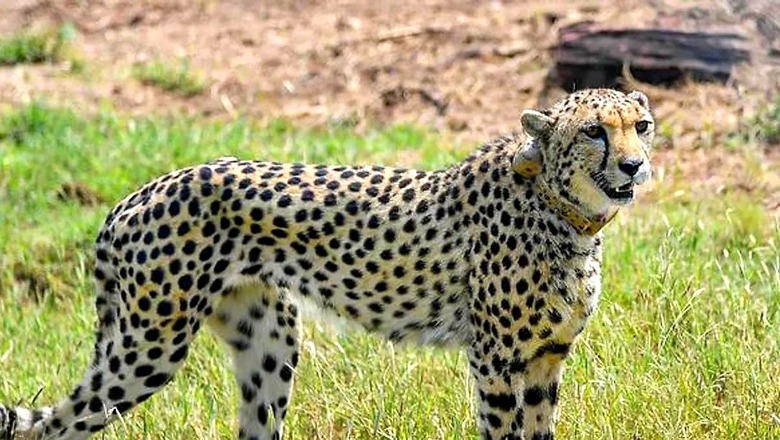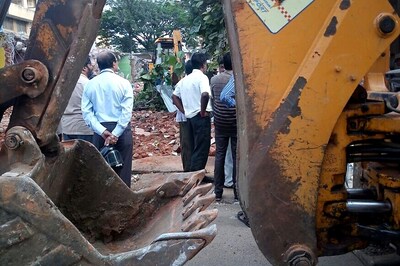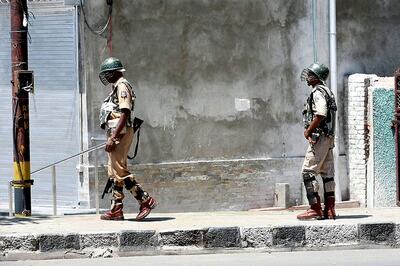
views
After losing two cheetahs in a month, the Kuno National Park is now gearing up to release five big cats into free roaming conditions. The new batch will join the four Namibian felines who have already been released into the open area.
The decision was taken following the recommendations of a team of experts who visited the national park following the death of a male cheetah Uday on April 23, just three months after he was translocated to India from South Africa.
India has so far lost two of the 20 big cats that it has flown in from Namibia and South Africa over the past eight months.
CAUSE OF DEATH UNCLEAR
The initial post-mortem report had suggested that the cheetah had died due to a cardio-pulmonary failure. However, a detailed analysis has shown that he had suddenly developed ‘acute neuromuscular symptoms’ on the day of his death, just over a week after being released from the quarantine camp into a much larger acclimatisation camp. He was found stumbling around in an uncoordinated manner struggling to lift his head. The cheetah was sedated, moved to isolation ward, where he died just hours later.
“Failure of the heart and lungs is common in the terminal stages of many conditions,” said the team of experts, but remained perplexed over what may have been the under-lying cause. “It does not explain the initial neuromuscular symptoms. The rest of his organ tissues appeared to be relatively normal, except for a localised area of potential haemorrhage in his brain.”
There were no other signs of injury, and blood samples confirm that the cheetah was not suffering from any infection that could have otherwise posed a risk to any of the other animals. So far, none of the animals have shown any similar symptoms, and remain in “perfect health while hunting for themselves and displaying other natural behaviours”, said the team.
However, the histopathology and toxicology reports still need to be finalised before any conclusions can be drawn, according to the experts.
CURRENT STATUS
To date, only four cheetahs from Namibia have been released from BOMAS into the free-ranging conditions. While two of them have remained within the confined borders of the park, two others have ventured beyond the buffer zones.
“The female Aasha went beyond the buffer zone, but has not ventured into human-dominated areas so far. Another male Pawan explored areas well beyond the boundaries of the park twice, venturing into farmland near the border with Uttar Pradesh during his second excursion. He was darted by the veterinary team and returned to an acclimatization camp in KNP,” said the report.
Now five more cheetahs (three females, two males) will be released from the acclimatisation camps into free-roaming conditions before the onset of the monsoon in June.
The remaining 10 cheetahs, including the female who gave birth in March, will remain in her camp to hunt and raise her four cubs till the monsoon gets over.
The park authorities will also open certain internal gates to allow these cheetahs to utilise more space in the acclimatisation camps and for interactions between specific males and females to take place. “Further releases into KNP or surrounding areas will be done in a planned manner to Gandhisagar and other areas to establish meta population,” according to the expert group.
QUESTIONS OVER KUNO’S CARRYING CAPACITY
While there are substantial risks involved, the experts group has now advised that the cheetah be allowed to move out of the national park. They will not necessarily be recaptured unless they venture into areas where they are in significant danger.
As all big cats are fitted with satellite collars, they will be continuously tracked by the monitoring teams until the individual cheetahs establish home ranges. Meanwhile, the officials have been instructed not to let any of the cheetahs become totally isolated from the reintroduced group during this phase or they will not be able to breed.
The experts’ group also seem to have dismissed the concerns over the carrying capacity of Kuno, stating that “it is impossible to determine the precise carrying cheetah capacity in KNP until the cheetahs have properly established their home ranges”.
“Cheetah home-range sizes and population densities vary tremendously for different cheetah populations in Africa and for obvious reasons, we do not have useful spatial ecology data for cheetahs in India yet,” said the team.
The team of experts consists of veterinary wildlife specialists from South Africa’s University of Pretoria, Cheetah Metapopulation Project, The Metapopulation Initiative, Wildlife Institute of India, Dehradun and National Tiger Conservation Authority, New Delhi.
Read all the Latest India News and Karnataka Elections 2023 updates here




















Comments
0 comment